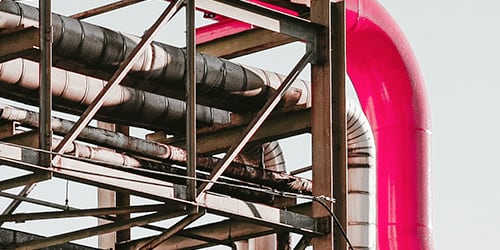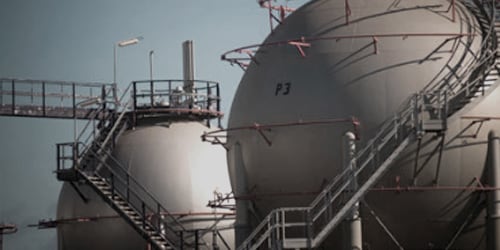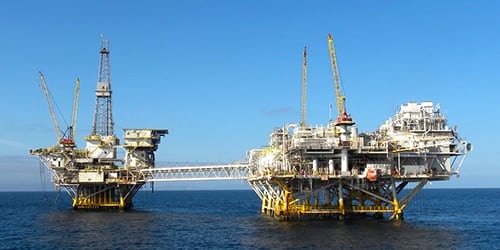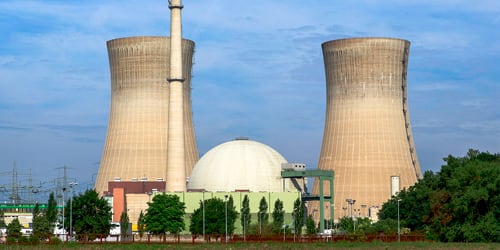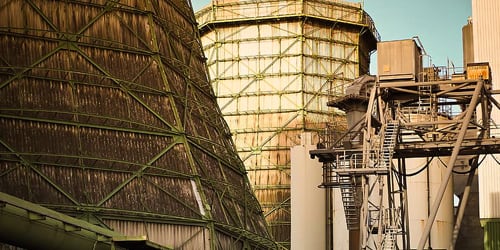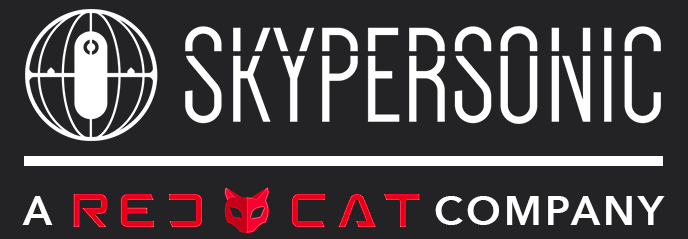Oil & Gas Pipes Inspection
The mission required the inspection of concrete pipes used to pump sea watert hrough a cooling system in a refinery. The aim was to deliver to the customer a detailed section by section report used to determine the internal status of the pipes and decide whether it was necessary to clean them with a high-pressure water system or not. An underground de-sanding pool was the second target of interest for the mission.



